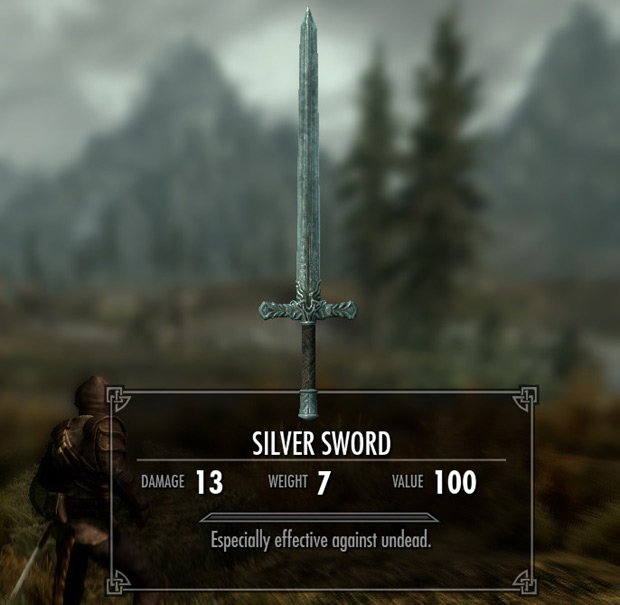

Whereas another round of "I strike and special so now we're going into the bind, my opponent has countered that" actually bores my audience of 10yo boys (the natural demographic for gore-filled combat).Ĥ) It dumps more book-keeping on the GM once again detracting from narration.ĥ) I'm one of the "many people" I mentioned at #3.Ĭreating the rules was very satisfying. The game already has a combat system notorious for its lethality, but also primed to create dramatic hooks. Largely because it slows the game but also because it means that combat pulls focus. Blow by blow detail loses this.ģ) It's been tried and found wanting. Flip-the-table is a different sort of excitement) loses the audience/players.Ģ) RQ combat is stated to be an abstracion of all the feints, binds, mastercuts, parries, blocks, pommel throwing,and ripostes the fighter used to land the blow. The third minute of table flipping (the book kind. RW combat is fast whether it be a bar brawl or the blosfechten they do at Swordfish. Obviously it's a bit more complicated with an extra roll if there's a special but I like combat to be more realistic so I think it's worth it.ġ) It complicates an already slow system. Oh, and secondary weapons would be more important with disarms knockbacks and grapples rendering primary weapons potentially out of use. And combat would have more randomness in it punches, grapples, disarms, knockbacks. This would make weapon choice far more meaningful swords would be good all-round weapons, spears would be very fast and better against armour than sword, axes slower than swords and not as handy to parry with, but better against armour and with a potential devastating special attack.

So for example, a broadsword would have a parry multiple of 1 (so the same as the attack skill) while a one-handed mace would have a parry multiple of 0.5. Give each weapon a multiple for its parry as in RQG there would be only one skill for a weapon. So for example, a broadsword is 3, a rapier 2 and a mace 4. Increasing the SR range of weapons to 0 to 5 to better reflect speed as well as length. So a spear one handed would be 1d8+1, two handed 1d10+1, a broadsword would be 1d8, etc. So for example, Medium-sized weapons would be 1d6, small 1d4. Making most "full-size" one-handed weapons 1d8 damage, and most two-handed weapons 1d10, and giving the weapons that are better against armour +1 or +2, only against armour (axes, spear, maces +1, war hammers +2). Make special results more varied so for example, a second roll would determine if it resulted in a second attack with the weapon, a second attack with the hilt, haft or shaft of the weapon, a follow up attempt to knockback, a follow up attempt to grapple, an attempt to disarm an opportunity to choose hit location or a special attack varied by weapon type spear impale, axes get a second attack that can't be parried after hooking the parrying object aside (which is what aves do very well in real life). They kinda work in any system.īasically, combat is too linear, all weapons are as good against someone wearing armour, weapon SRs lump too many things together in the same SR, and some weapons are just not as good as others at parrying. I'm playing around with some home-brew rules for combat.


 0 kommentar(er)
0 kommentar(er)
